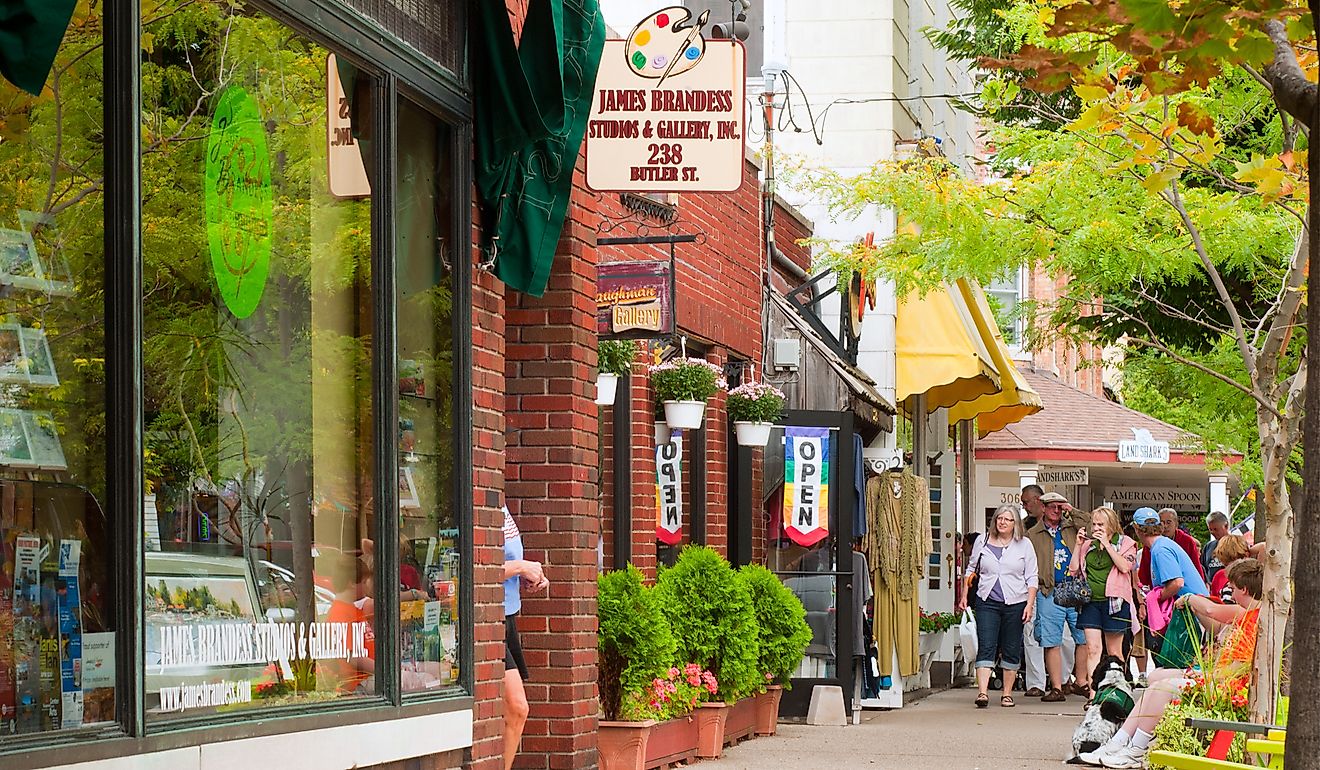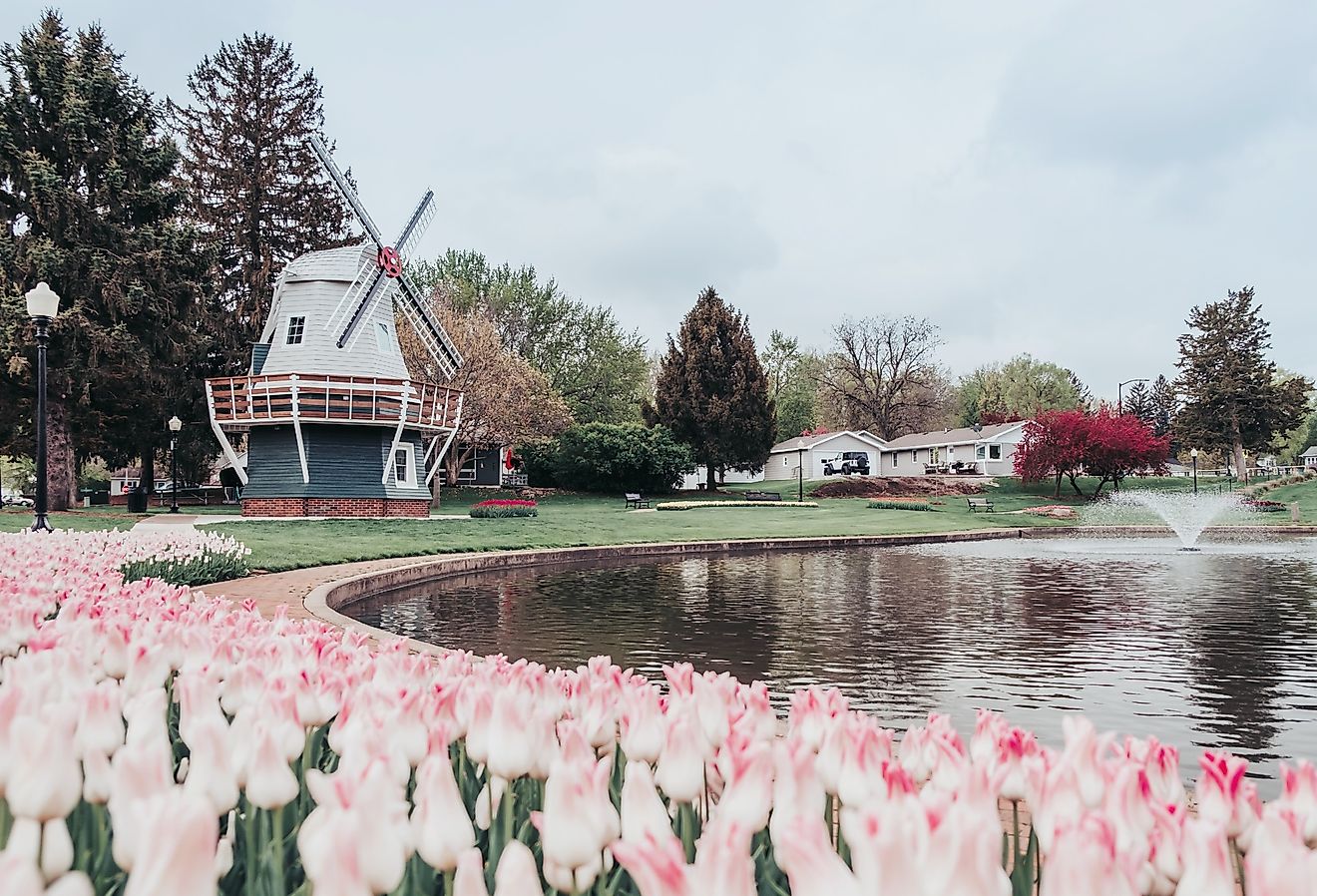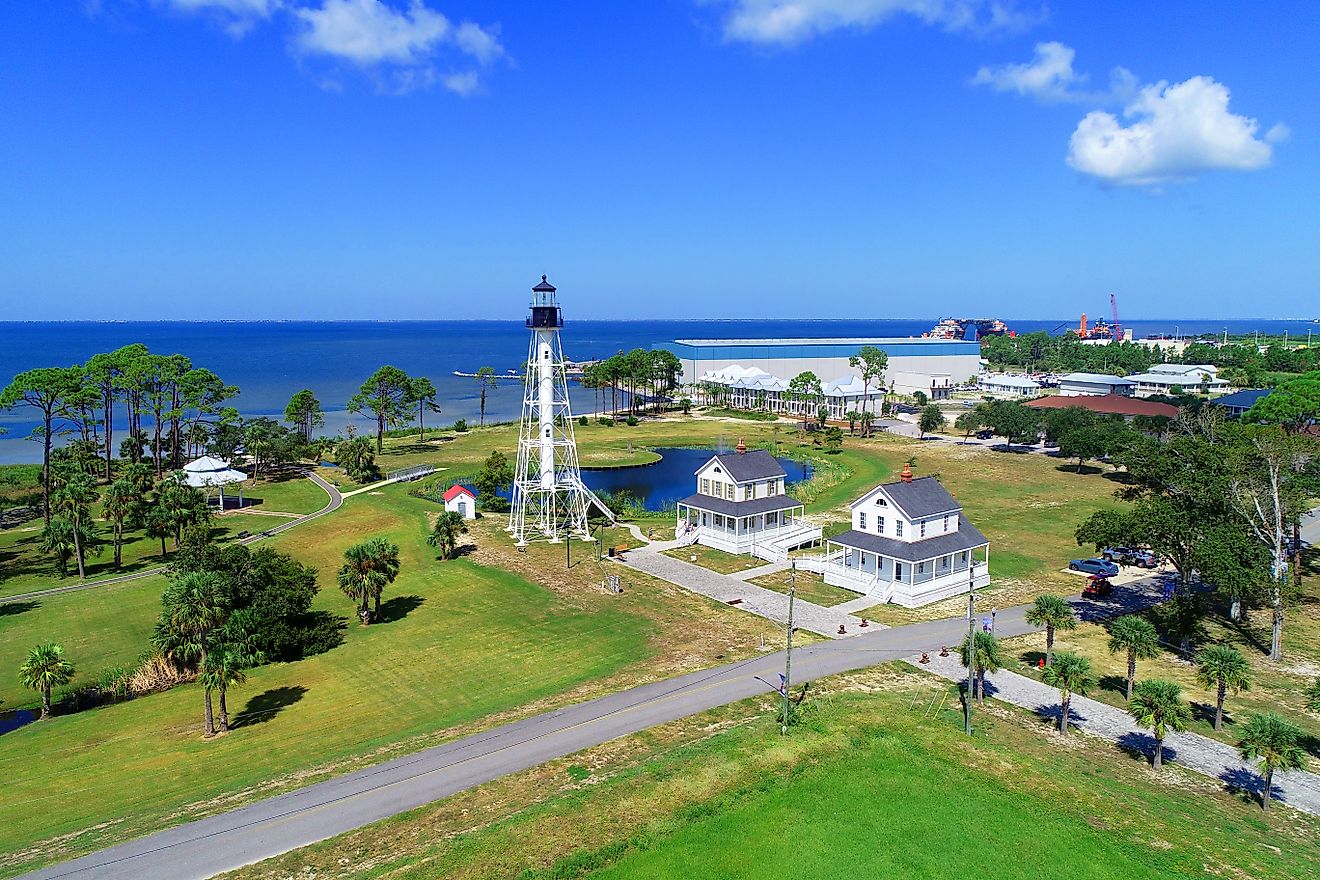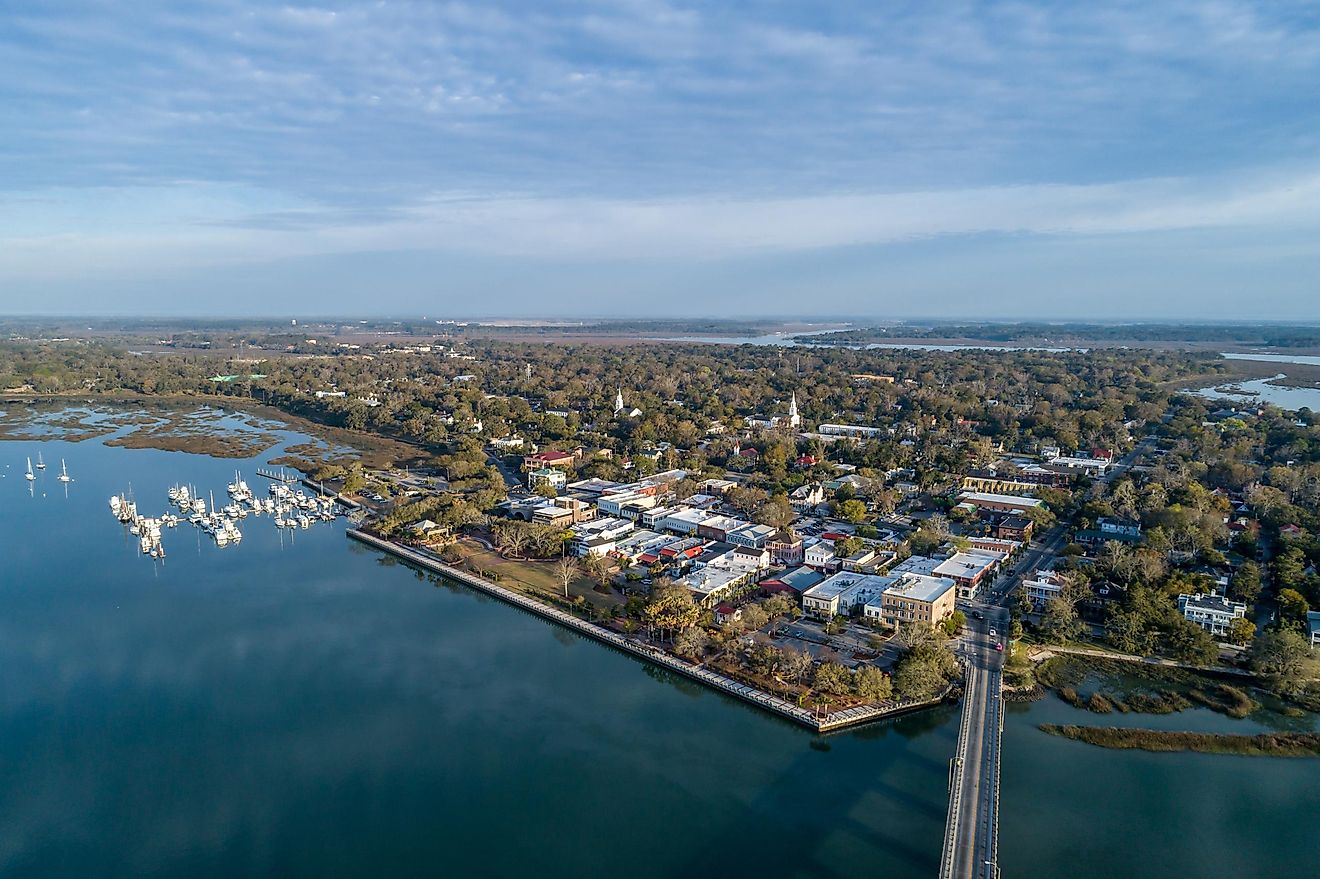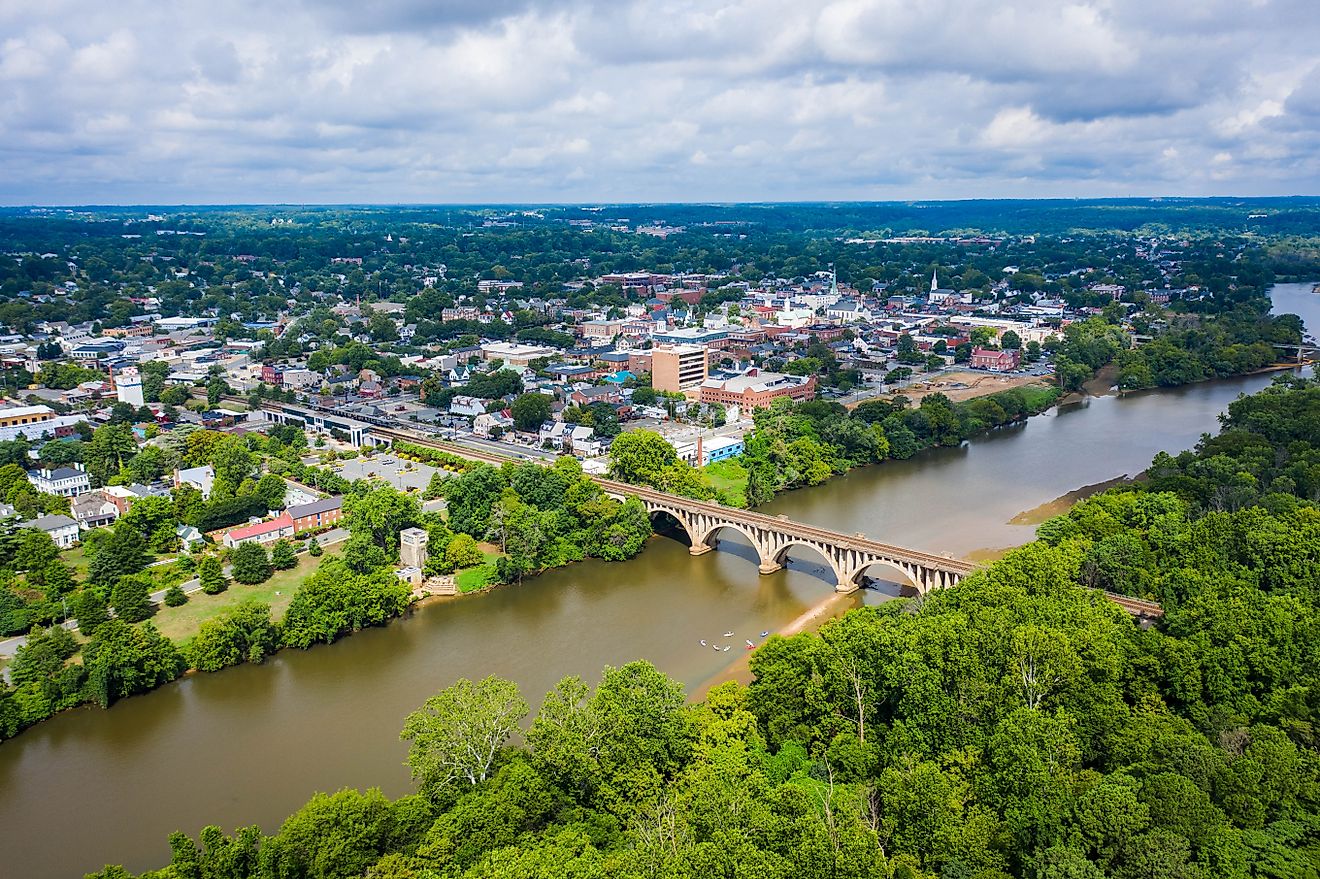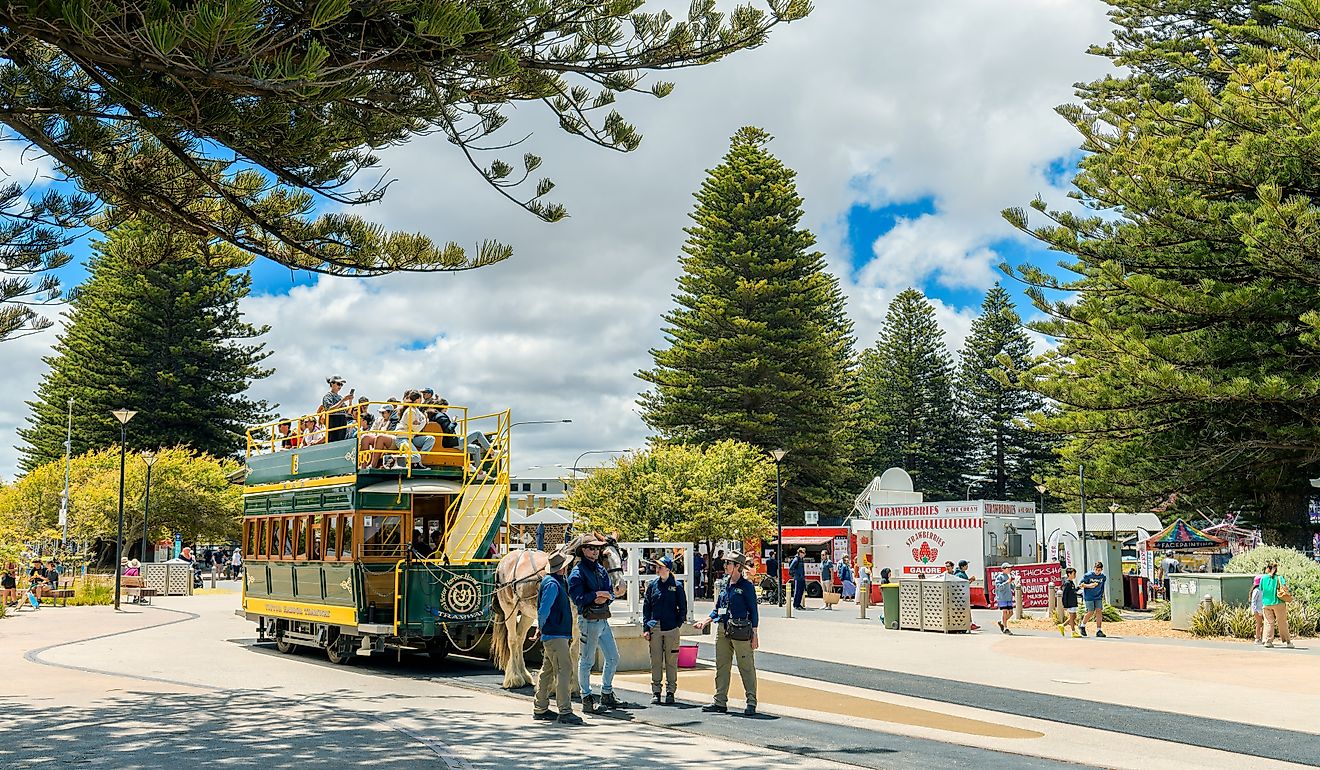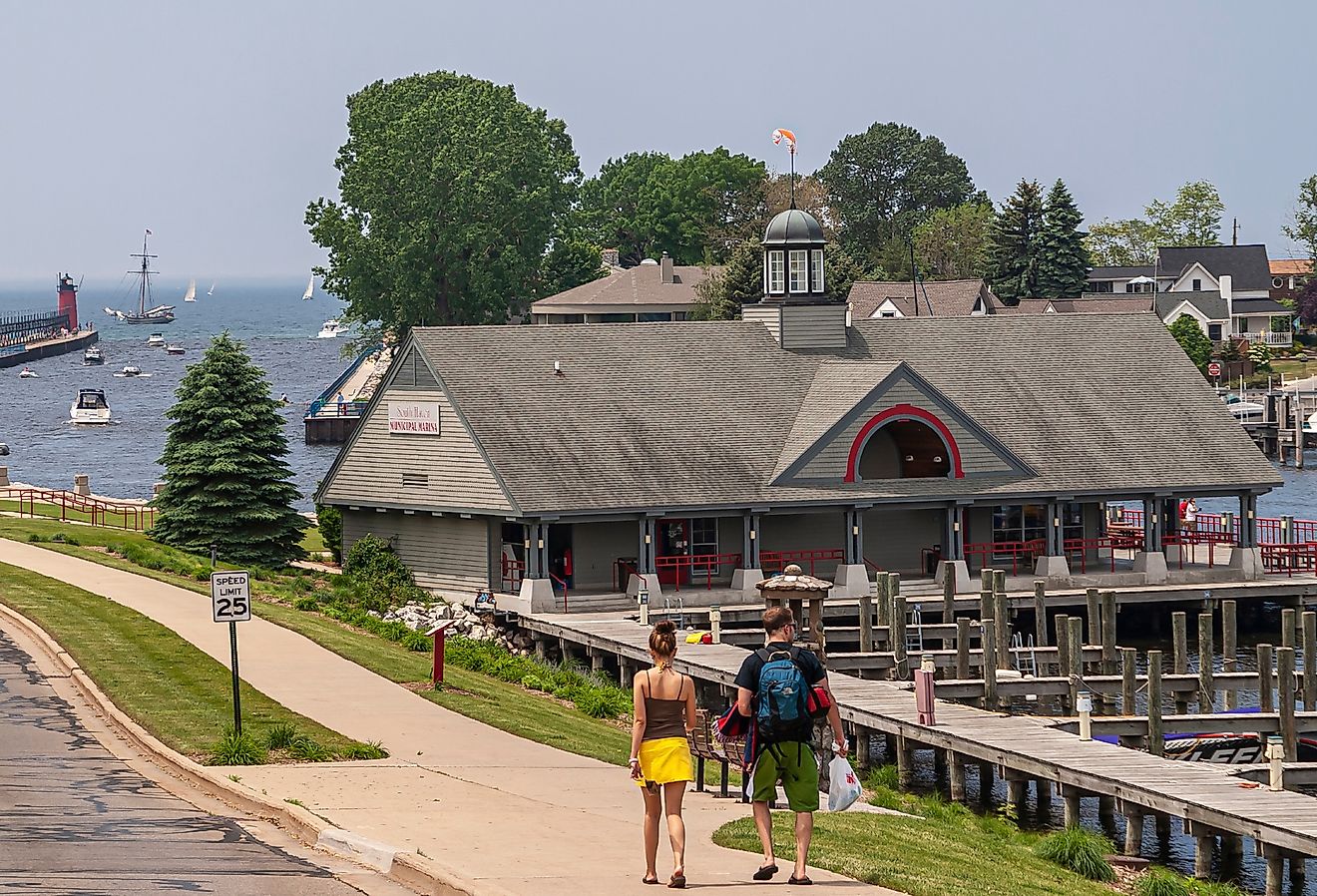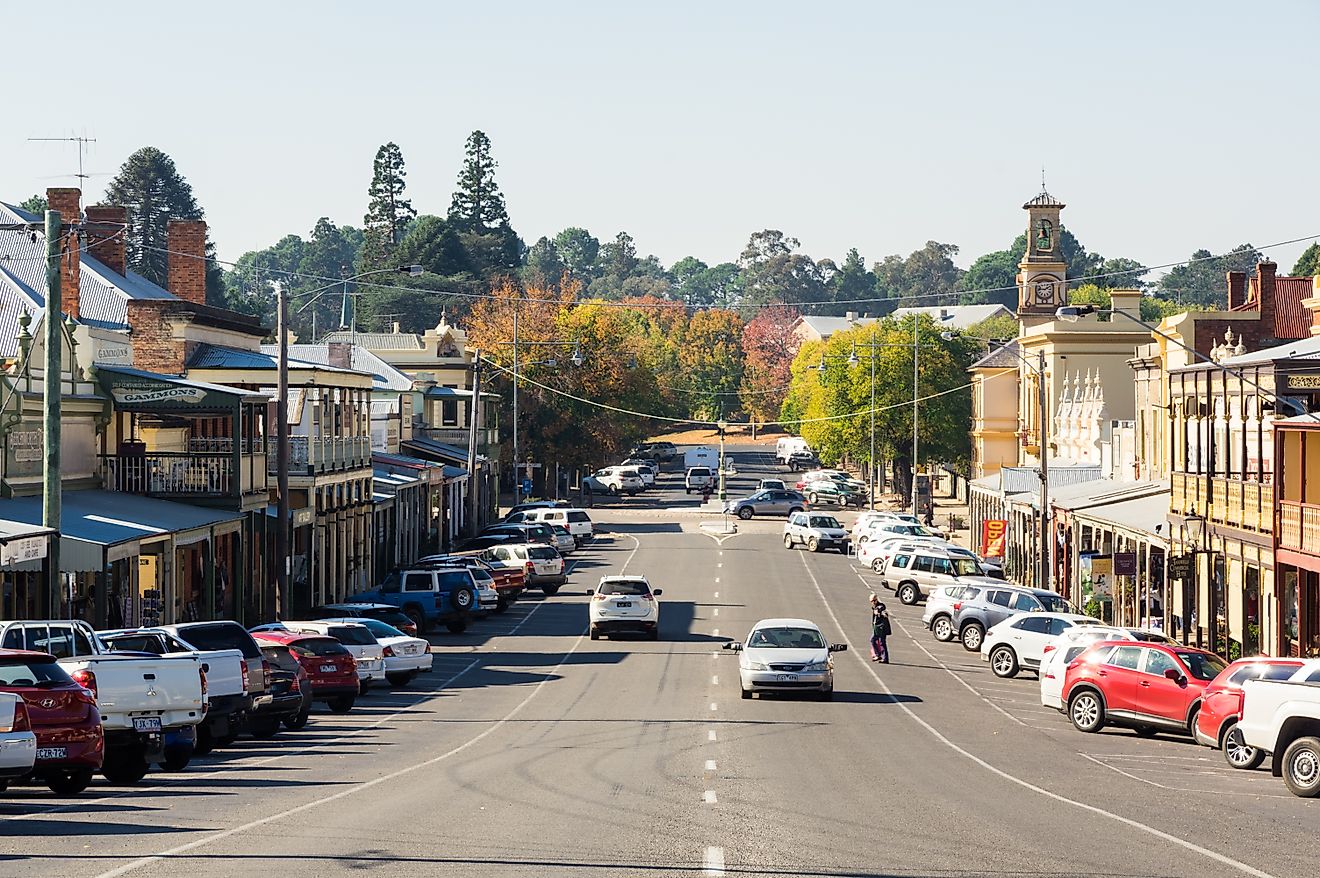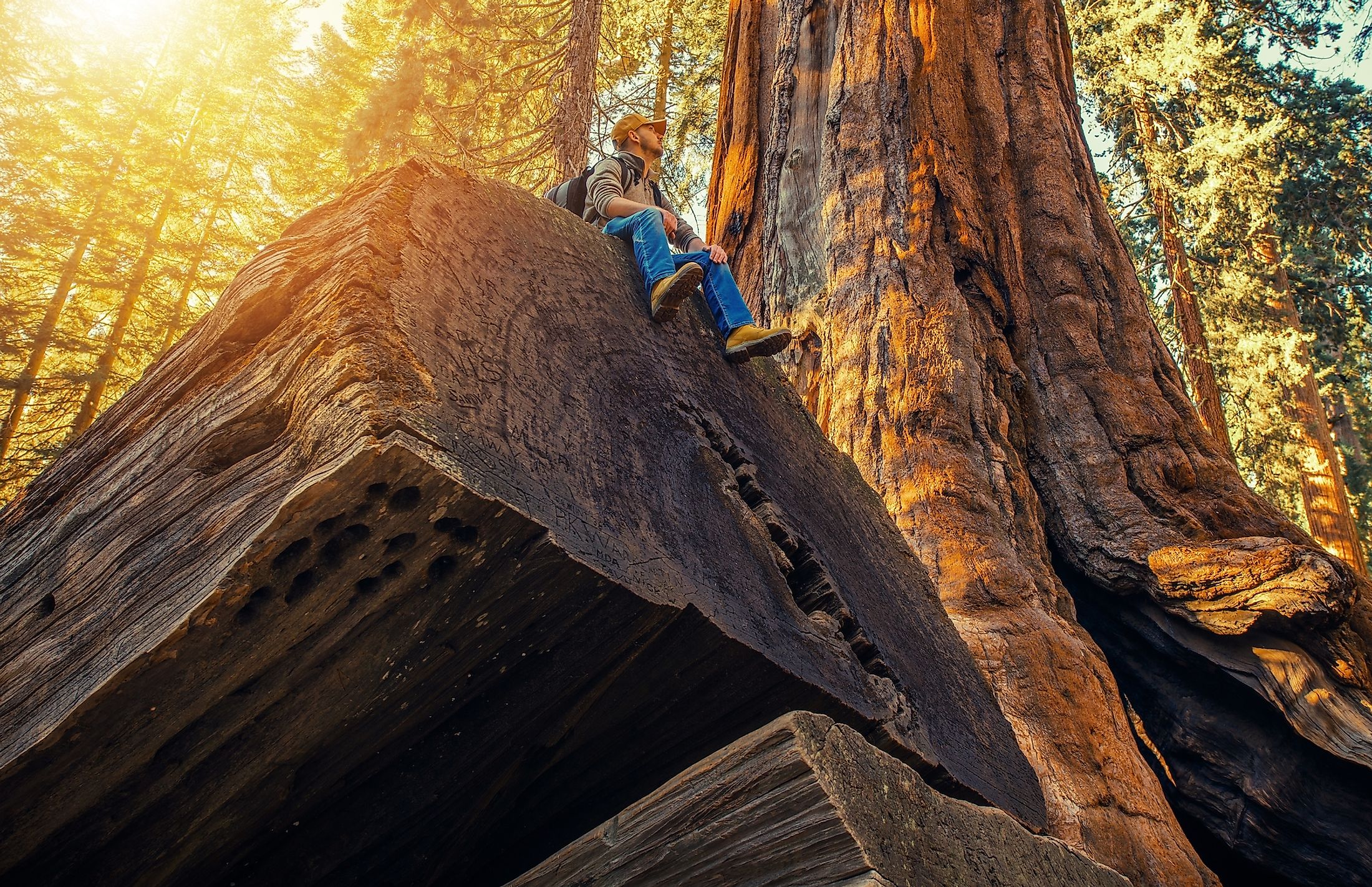
Sequoia National Park, California
Nicknamed as “The Golden State”, the California is geographically positioned in the western (Pacific) region of the United States. With an area of 423,970 sq. km, California is also the 3rd largest and the most populous state in the USA. California is widely known for its natural beauty and among all the US States it contains the highest number of national parks. The National Parks Service, an agency under the US Department of Interior, currently manages 63 National Parks in the entire United States with California's Sequoia National Park being one of them.
Contents:
Location
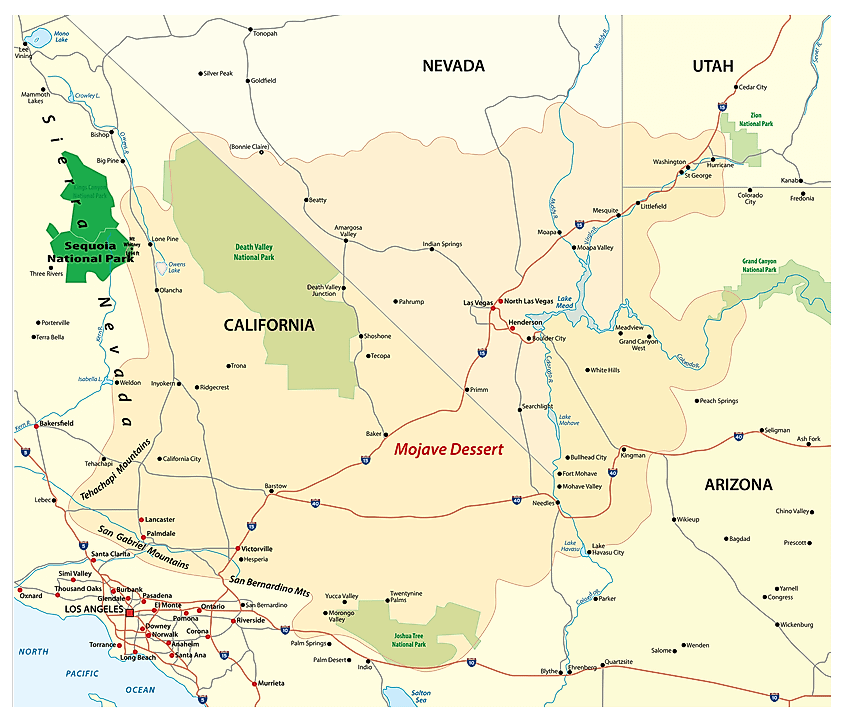
Situated in the east-central part of the US State of California, in the southern portion of the Sierra Nevada Mountain range is the Sequoia National Park. The Park occupies an area of 1,635.19 sq. km and is located to the east of the Californian city of Visalia. The Sequoia National Park is surrounded by the Kings Canyon National Park in the north and northwest, and both these National Parks are jointly administered by the National Park Service.
Geography
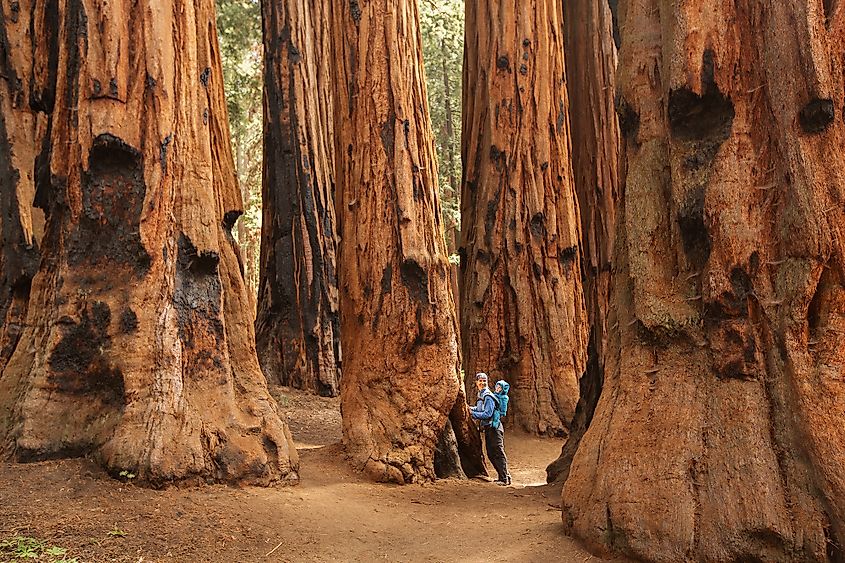
The Sequoia National Park contains Mount Whitney, which rises to an elevation of 4,421m and is the highest point in the contiguous United States. The park’s most notable feature is the giant sequoia (Sequoiadendron giganteum) trees. These sequoia trees are considered to be one of the largest and oldest living things in the world. The giant sequoia forests of the Sequoia National Park form a part of the 819 sq. km area of old-growth forests that are shared by the Sequoia National Park as well as the Kings Canyon National Park.
Located in the Giant Forest area of the Sequoia National Park is the General Sherman Tree, which is the park’s largest big tree and is also the world’s largest living tree in terms of volume. It is estimated that the tree is approximately 2,300 to 2,700 years old. The General Sherman Tree has a height of 83.8m and a trunk volume of 1,487m3. Covering about 13 sq. km, the Giant Forest area of the park, in addition to the General Sherman Tree, also contains the groves of about five largest trees in the world. The Generals Highway connects the Giant Forest of the Sequoia National Park with the General Grant Grove of the Kings Canyon National Park.
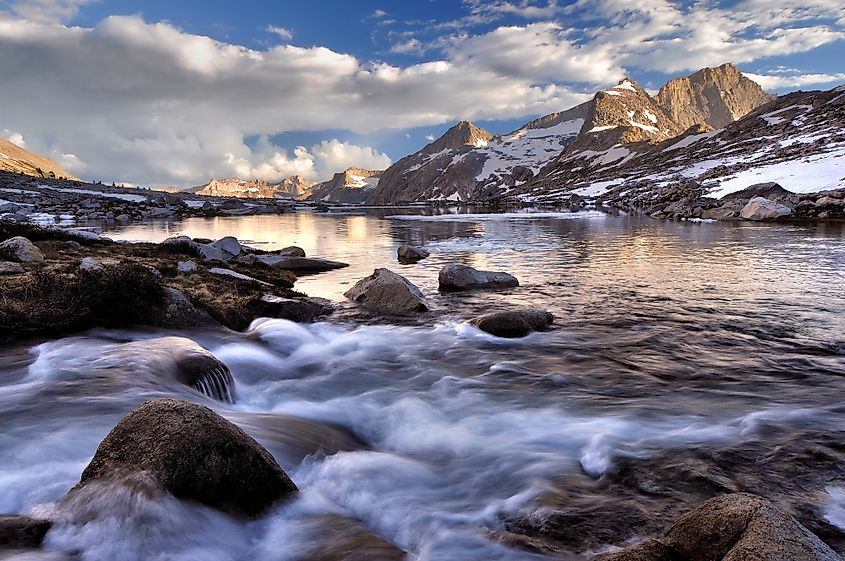
The Sequoia National Park protects a significant portion of the Sierra Nevada Mountain Range. The mountainous landscape of the park includes Mount Whitney – the tallest peak, along with 11 other tall peaks that are found along the eastern boundaries of the park at the crest of the Sierra Nevada. Another prominent mountain ridge, the Great Western Divide parallels the crest of the Sierra Nevada and forms a part of the boundary between the Sequoia and Kings Canyon National Park. The mountain peaks of the Great Western Divide rise more than 3,700m and are visible from several places like the Giant Forest, Mineral King, and Moro Rock within the Sequoia National Park. Several deep canyons are placed between these mountains including the Tokopah Valley, Deep Canyon, and Kern Canyon. These mountains and canyons have been made up of granitic rocks. Small portions of the park also contain metamorphic rocks which include schist, volcanic rocks, phyllite, quartzite, and marble. The park’s marble rocks form several caves. More than 270 marble caves are found in both National parks. These include the Lilburn Cave – the longest cave in California, the Crystal Cave – the 2nd longest cave, the White Chief Cave, and the Cirque Cave. The southern part of the park contains the glacier-carved Mineral King Valley which is surrounded by many high mountain peaks.
Sequoia National Park is a popular tourist destination and receives more than a million visitors annually. Hiking, bicycling, climbing, camping, fishing, scenic driving, horse riding, fishing, etc are some of the recreational activities that are offered by the National Park. There are many scenic trails within the park including the High Sierra Trail, Pacific Crest National Scenic Trail, John Muir Trail, Sherman Tree Trail, Crescent Meadow Loop Trail, Tokopah Falls Trail, etc.
Climate
According to the Köppen climate classification, the Sequoia National Park experiences five types of climates from its higher elevations to its lower elevations. These are the tundra, subarctic climate, humid continental climate, warm-summer Mediterranean climate, and hot-summer Mediterranean climate. The Park receives an average annual rainfall of 66cm. The higher elevations receive snowfall during the winter months.
Flora And Fauna
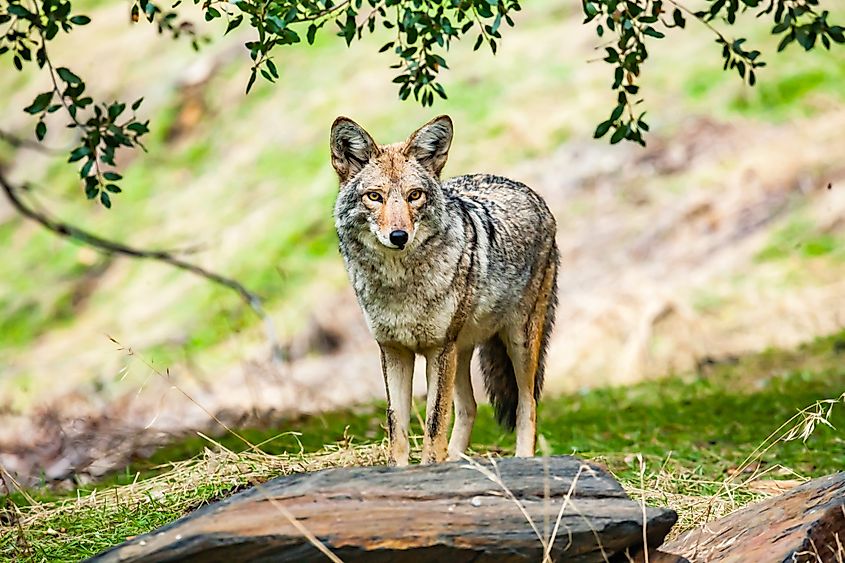
The diverse topography of the Sequoia National Park supports more than 1,200 species of vascular plants. In addition to the massive giant sequoia trees, the other plants that are found in the park include ponderosa pines, sugar pines, white firs, incense cedars, oak woodlands, chaparral shrubs, California sycamores, cottonwoods, etc. Many faunal species are found here including cougar, coyote, American black bear, badger, wolverine, Sierra Nevada bighorn sheep, gray fox, bobcat, muskrat, golden-mantled ground squirrel, etc.
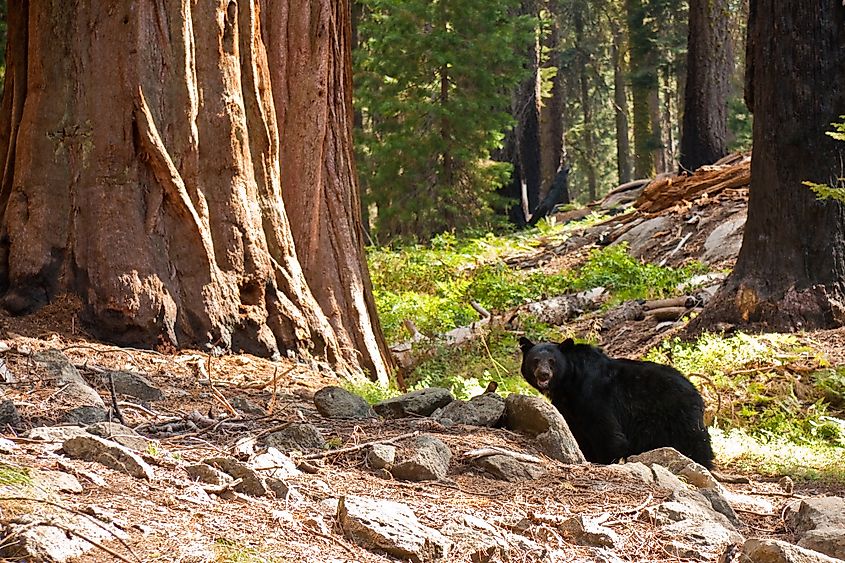
Several amphibian species like the Northern Pacific tree frog, California newt, the endangered Sierra Nevada yellow-legged frog, Sequoia salamander, etc are found here. In the park’s Kaweah and Kern rivers, some fishes like Kern River rainbow trout, California roach, Sacramento sucker, etc have been observed. Numerous reptilian species like the California kingsnake, western whiptail lizard, rubber boa, striped racer, western pond turtle, etc are also found. Over 200 avian species have been recorded from the Sequoia National Park. These include California quail, acorn woodpecker, lesser goldfinch, violet-green swallow, Wilson’s warbler, pileated woodpecker, white-throated swift, etc.
Brief History
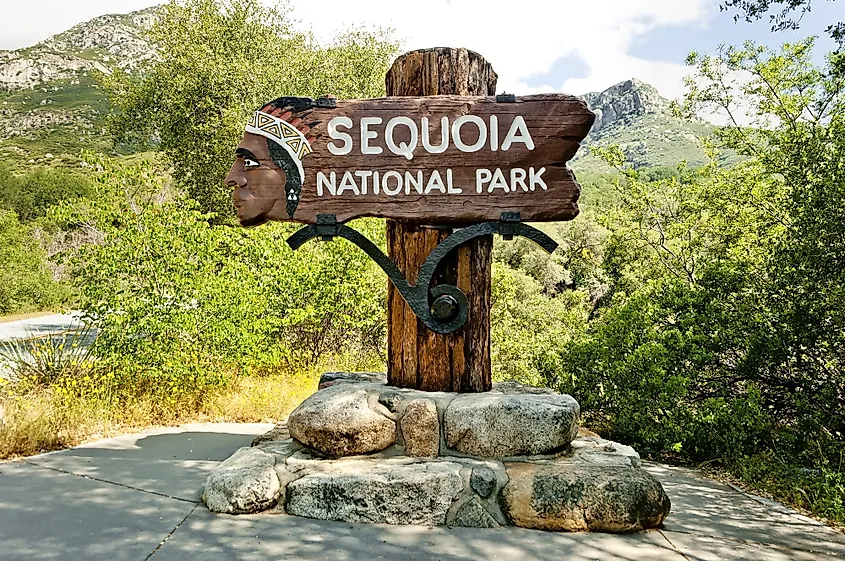
It is believed that the present Sequoia National Park area was originally inhabited by the Mono (Monachee) Native Americans. These indigenous people mainly lived in the foothills region of the park but also seasonally inhabited the Giant Forest area. Pictographs drawn by the Monachee people have been found in various sites within the present National Park area. Before the advent of the Europeans, the spread of smallpox disease in the region had completely decimated the native population. The miner Hale Tharp was the first European to settle in the park’s Giant Forest area. In the 1880s, the white settlers started trading for Sequoia timber and within a few days, thousands of giant sequoia trees were felled by the loggers. On September 25, 1890, the Sequoia National Park was established to protect the giant sequoia trees. In 1976, the Sequoia and Kings Canyon National Parks were designated as Biosphere Reserve by UNESCO. In 1984, about 84% of the Sequoia and Kings Canyon National Parks were designated as “wilderness areas”.
